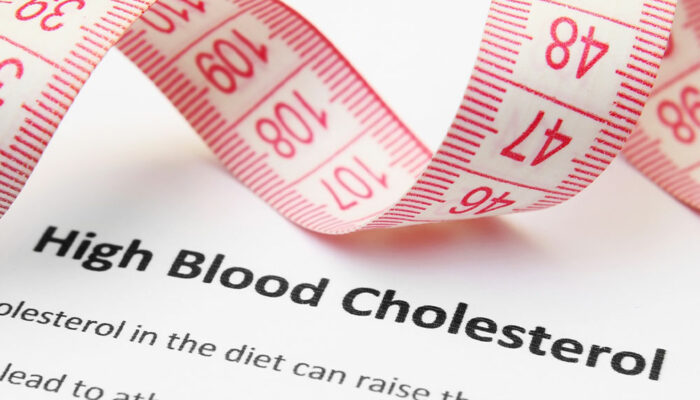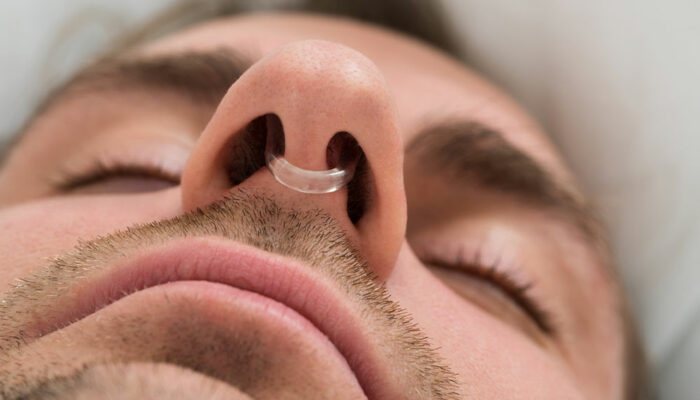
health
4 signs of excess sugar intake and how it can affect dental health
Excess sugar is linked to multiple health issues, from diabetes to cardiovascular diseases and chronic illnesses. With the increasing availability of packaged foods and baked goods at local stores, it is possible to go overboard with sugar if one is not careful. However, one can keep an eye out for common signs of excessive sugar and limit sweetened food and drink. So, here are a few signs of high sugar intake to recognize: Frequent sugar cravings If one eats too much sugar, they will continue to crave sugary foods and beverages. This is because sugar intake releases dopamine, which is responsible for feelings of pleasure in the brain, so one can crave this feeling and indulge in more sweet foods. So, if one notices persistent cravings, it could be a sign that they need to limit sugary foods and find healthier alternatives. Energy crash This is a common and often unnoticed sign of excess sugar intake. Contrary to popular belief, sugar does not lead to constant energy throughout the day. The ingredient is responsible for an instant boost or rush of energy as the body gets busy utilizing this sugar. However, due to a rapid rise in blood glucose, the body produces insulin to balance the excess sugar.
Read More 








